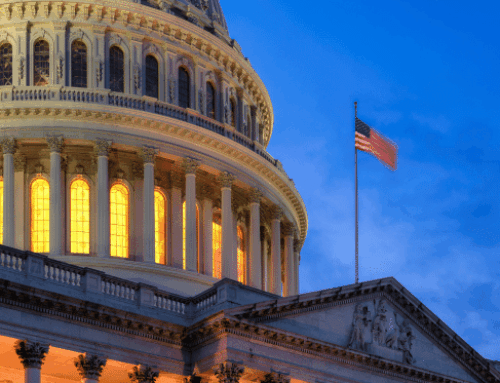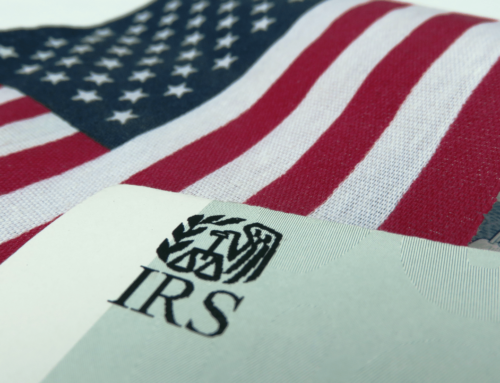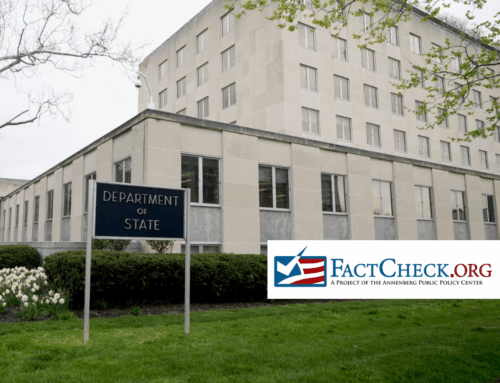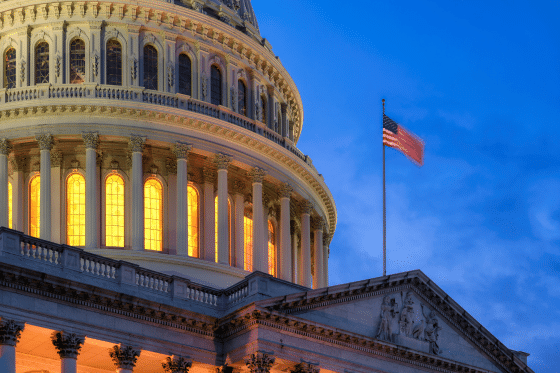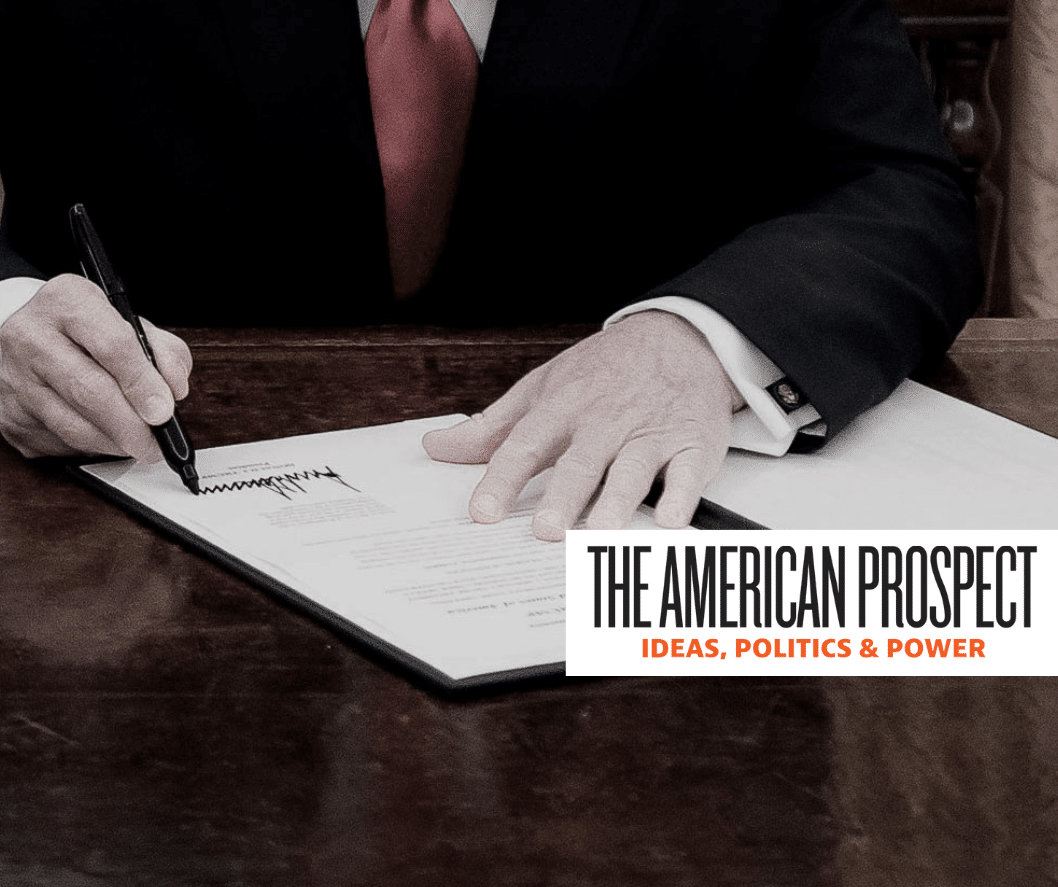In the wake of last November’s mid-term elections, transparency was the hot new political buzzword in Washington and earmark reform was all the craze.
After an initial false start, Senators recovered and passed an earmark transparency amendment 98-0 in January to change the Senate rules and disclose the beneficiaries and purpose of each earmark, put the information on the internet in a searchable format, and require that each Senator stipulate that neither they nor their family have a financial interest in a project. The vote was an unambiguous, unanimous endorsement of reform.
But then this political reform train was derailed.
The earmark reform package was one piece of a larger ethics and lobbying bill, S.1. Though the earmark portion simply changed Senate rules, which could have been approved by that chamber alone, the Senate chose a much harder path. The change wouldn’t take effect until (and unless) the entire bill was signed into law.
At first appropriators and other lawmakers indicated they would wait until the rule change was approved and they were forced to disclose. But under pressure from earmark reformer Sen. Jim DeMint (R-SC), they all agreed to disclose earmark requests as envisioned by S.1 even before the changes officially took effect. As a result, the bills do include names of earmark sponsoring Senators and the so-called disclosure letters are up on the Internet.
That said each bill is formatted in such a way that it makes tracking sponsors and earmarks very difficult. And the disclosure letters aren’t worth a hill of beans. Most Senators wrote just one letter with a blanket statement that neither they nor their spouse have a financial interest in any of the earmarks in the appropriation bills. That’s it: Roughly one hundred letters containing no information about the purpose, beneficiary, or location of any of the more than 5,000 earmarks.
After falling short of their promise in practice, Senate conferees negotiated with themselves when S.1 finally went to conference in July, weakening the strong earmark reform rules that the Senate had unanimously supported in January. The new version of the rules promises to make earmark sponsors searchable online only when “technically feasible” and earmark request letters will be put online within 48 hours when “practicable.” The prohibition on self-dealing earmarks was also watered down to an almost laughable point. Senators only have to swear not to sponsor earmarks the “principal purpose of which is to further only his pecuniary interest.” Even Duke Cunningham could have made this statement about his earmarks.
The Senate has cut earmarks by about twenty percent, which is a sign of progress, albeit slow progress. But the Big Kahuna – the Defense spending bill – still hasn’t come out of committee, and with the earmark tag team of Sens. Daniel Inouye (D-HI) and Ted Stevens (R-AK) in charge, it’s likely to be a doozy. So the final cuts may even be smaller. Granted, Senate Appropriations Committee Chairman Robert Byrd (D-WV) never committed to halving earmarks like his counterpart in the House, Rep. David Obey (D-WI) did, so this isn't a broken promise. We hope Senator Byrd follows Mr. Obey's example in conference.
Don’t get us wrong, there are Senators who will continue to lead the earmark reform parade. Longtime reformers Sens. John McCain (R-AZ), Jim DeMint (R-SC) and Tom Coburn (R-OK) have now been joined by the likes of Sen. Claire McCaskill (D-MO) and others. But three of the four Senate leaders are former appropriators, making the chances of new reforms look bleak. So while the year started with great expectations, what looked like the best laid plans went awry.
For more information, contact Steve Ellis at (202)-546-8500 x126 or steve [at] taxpayer.net


